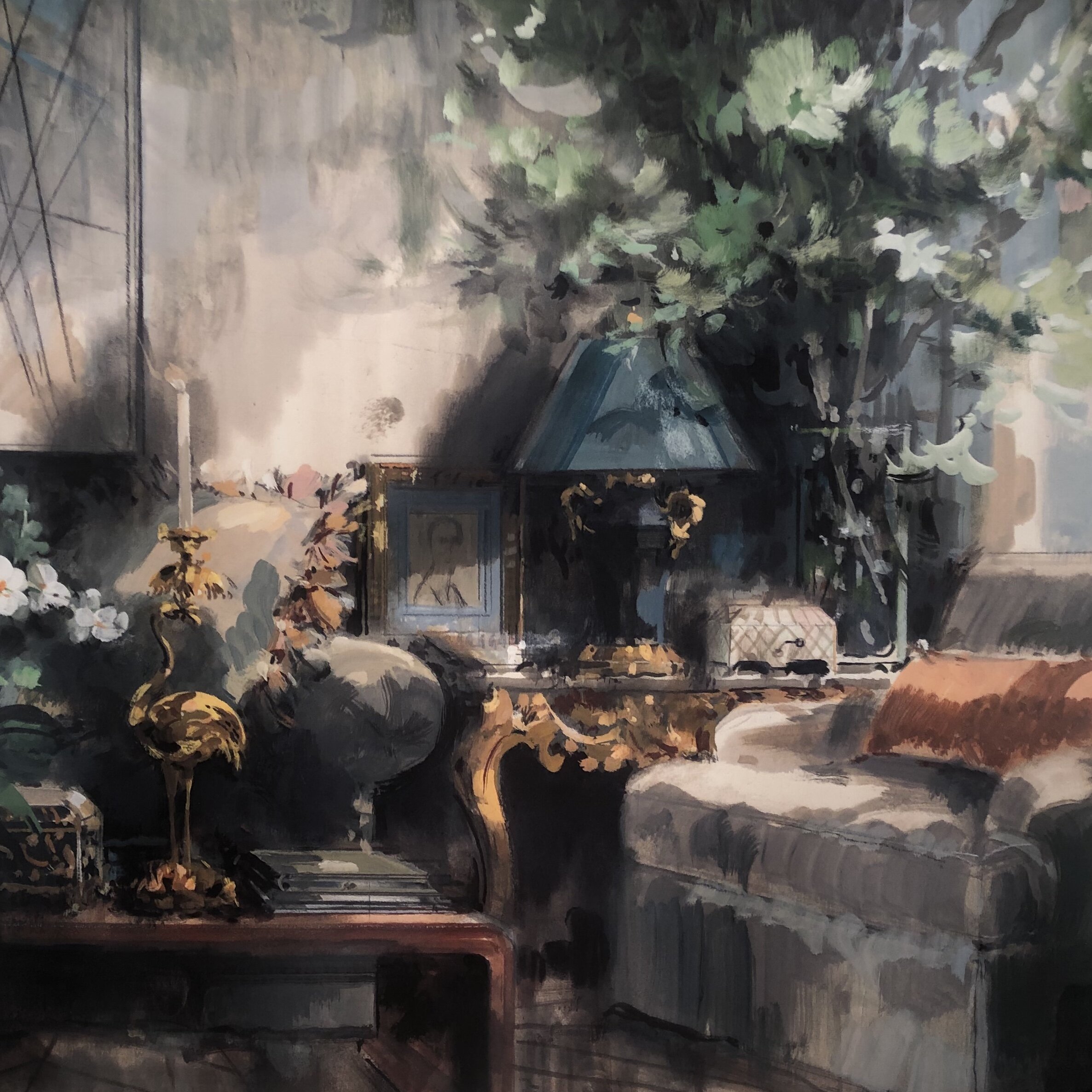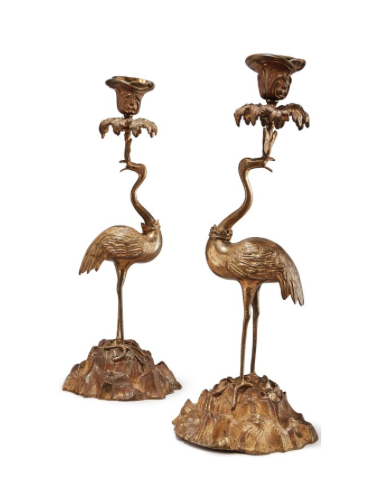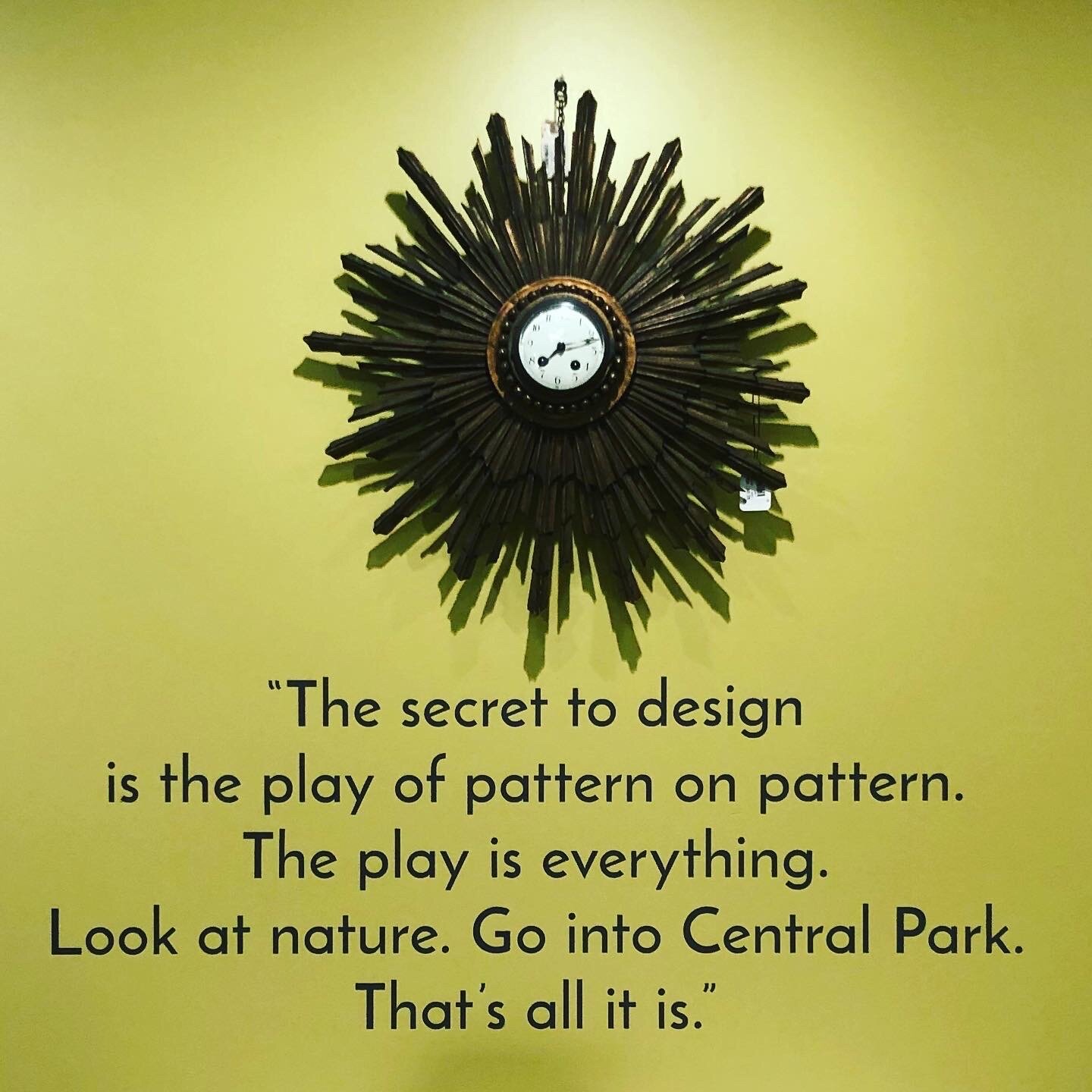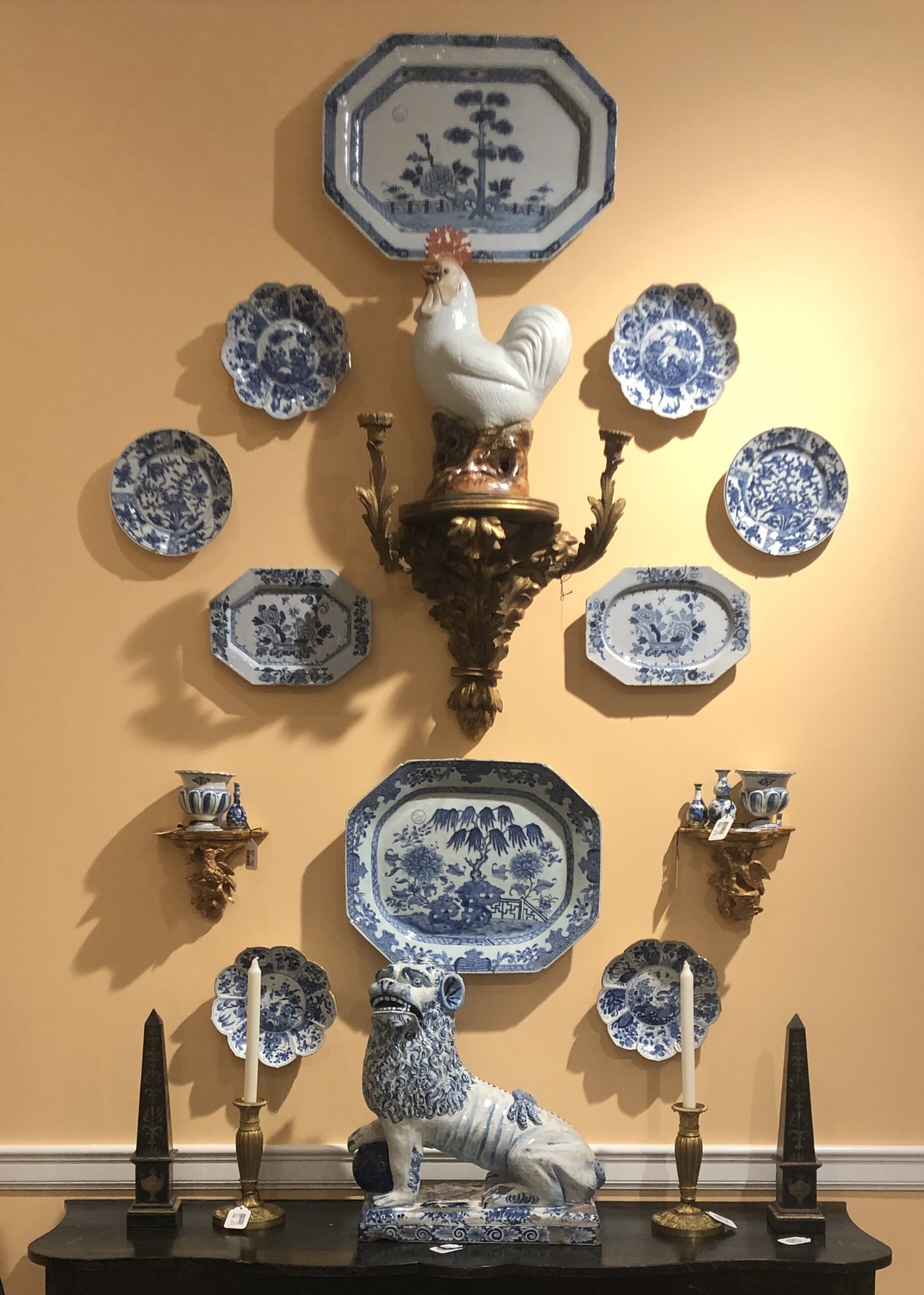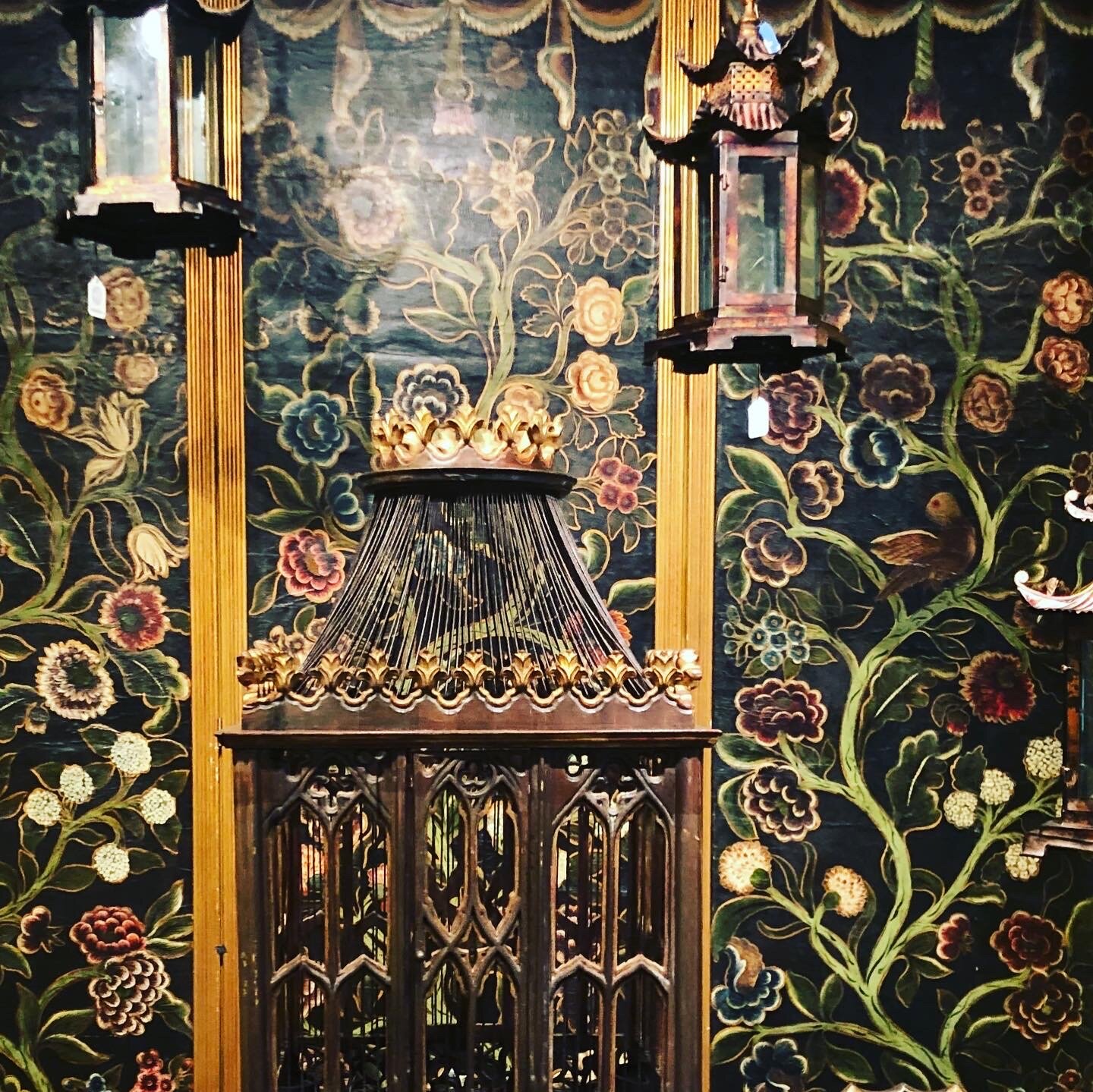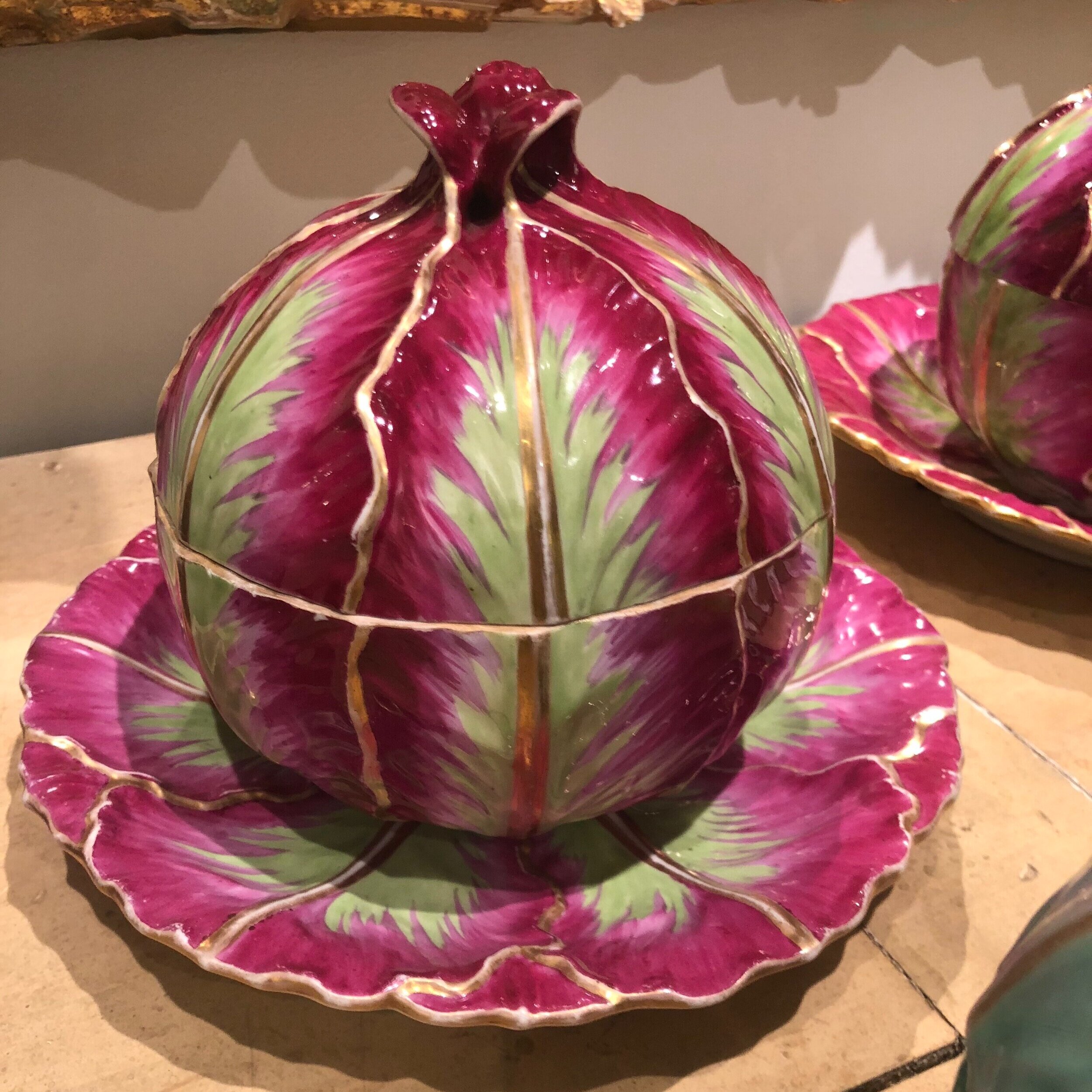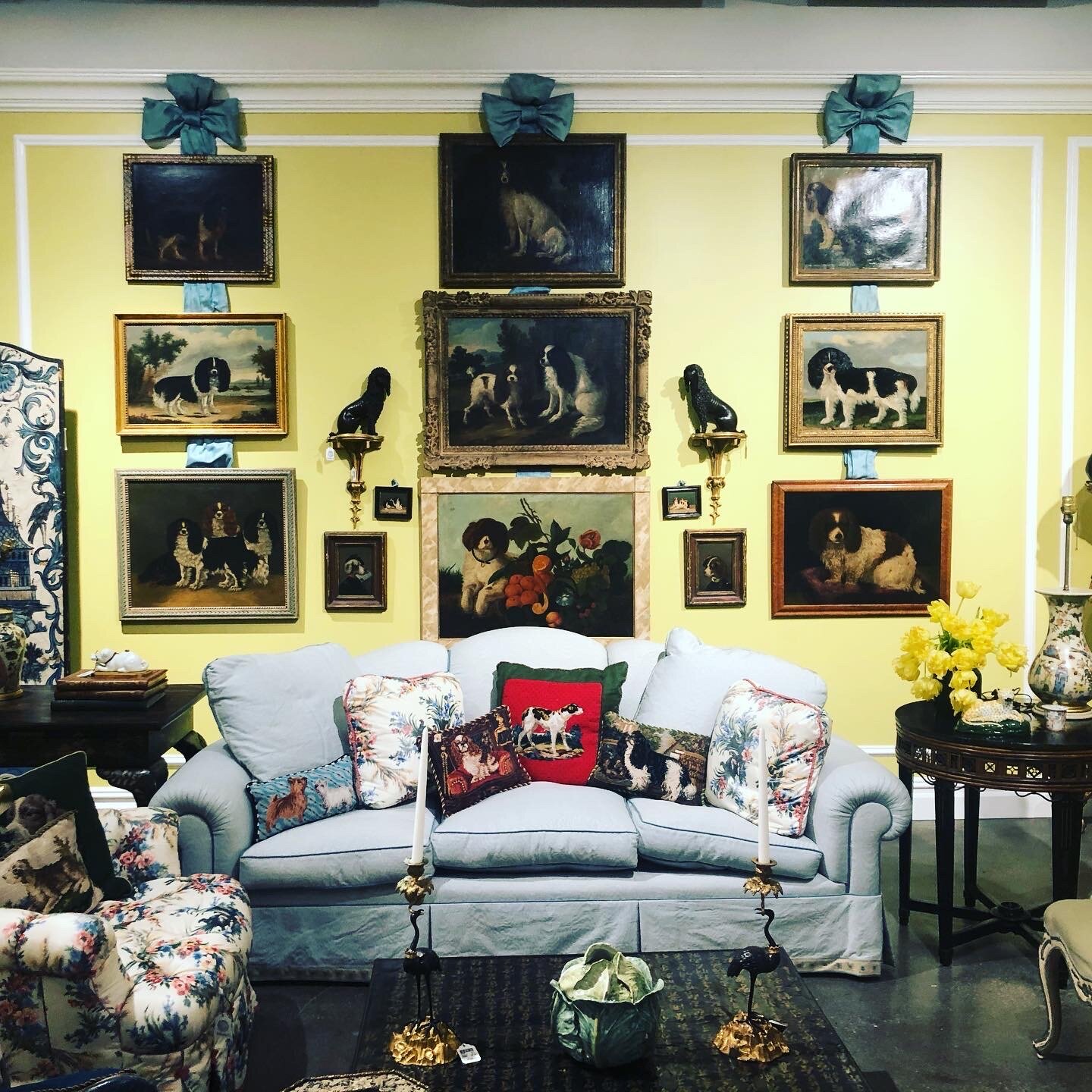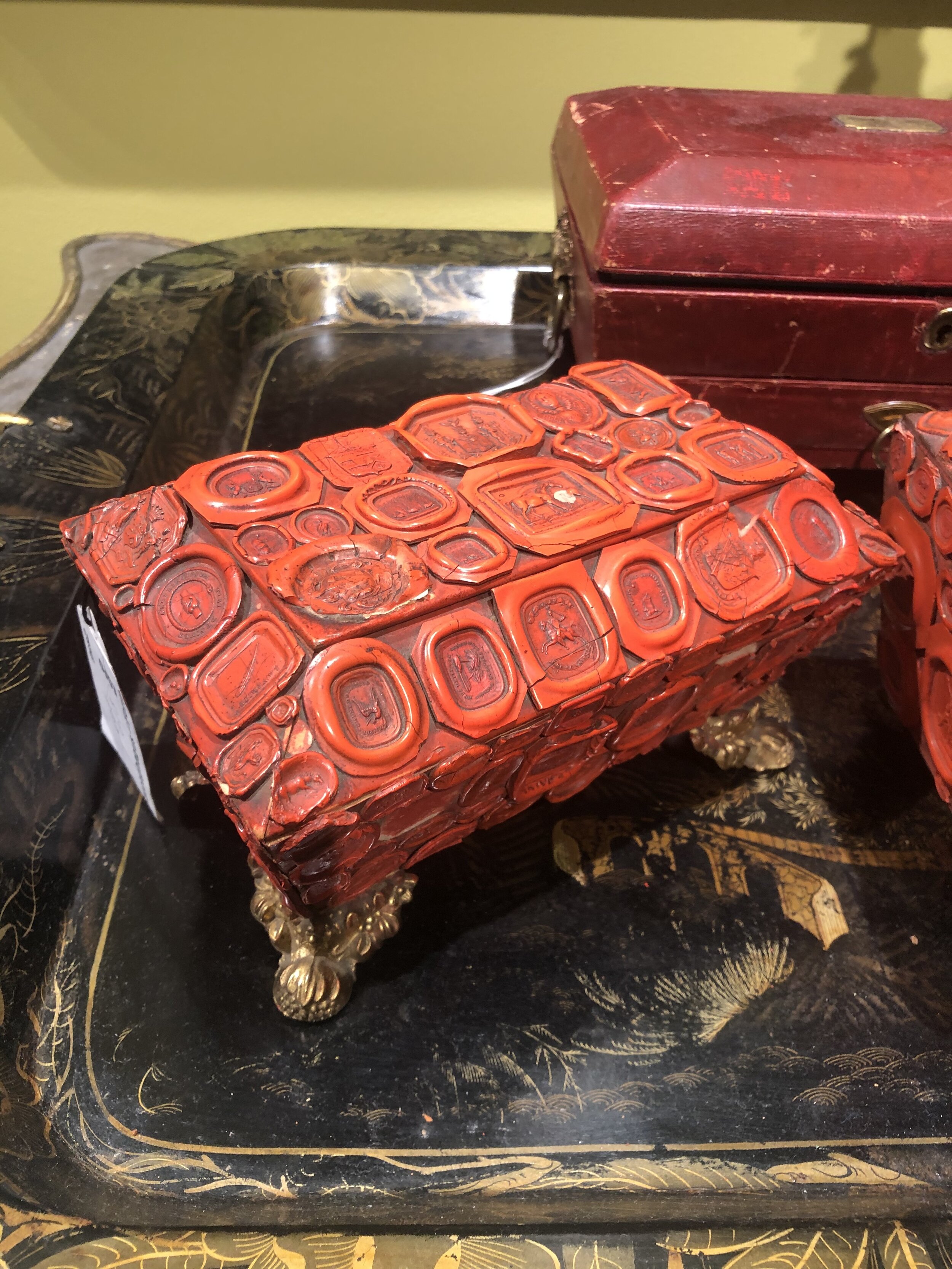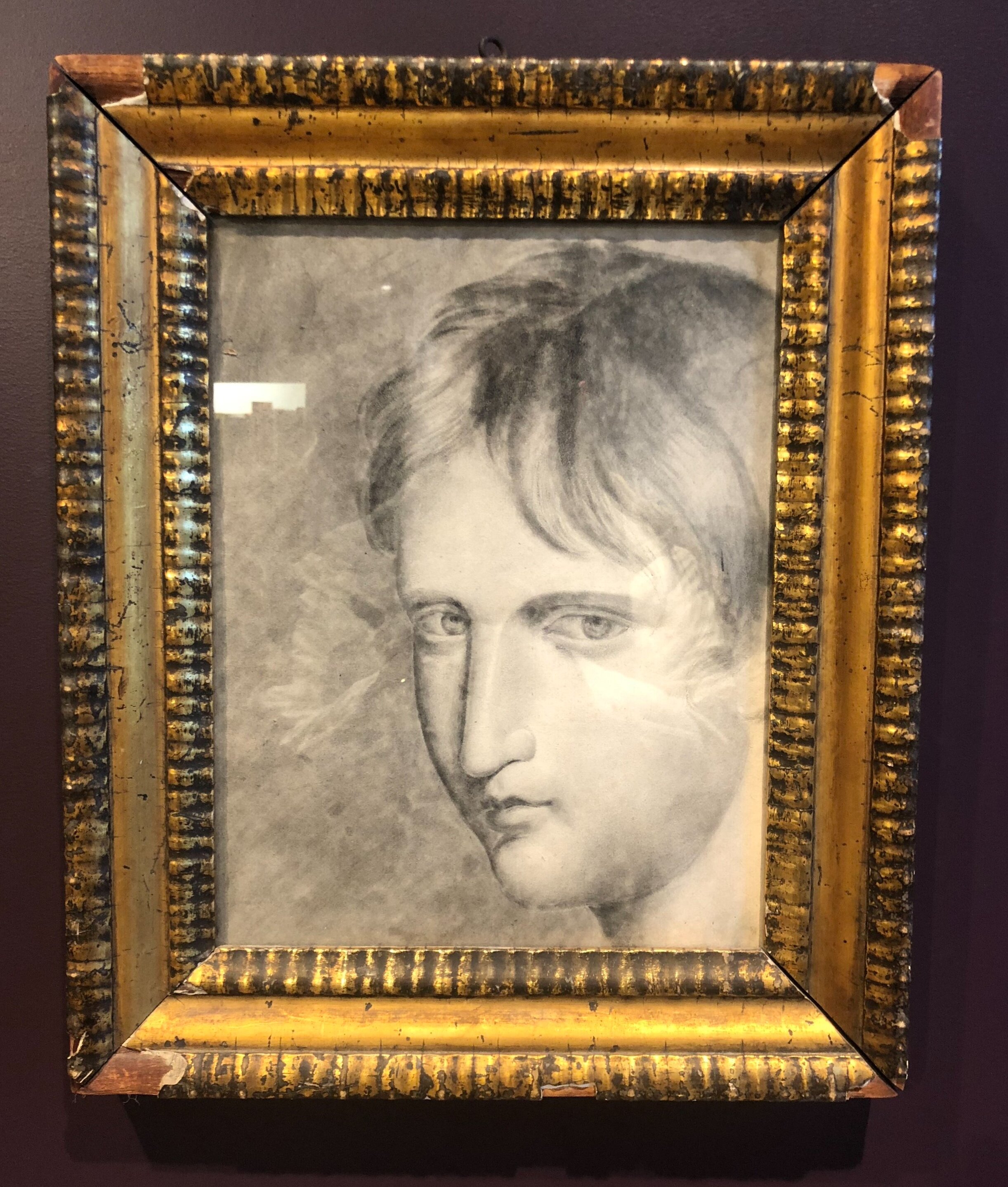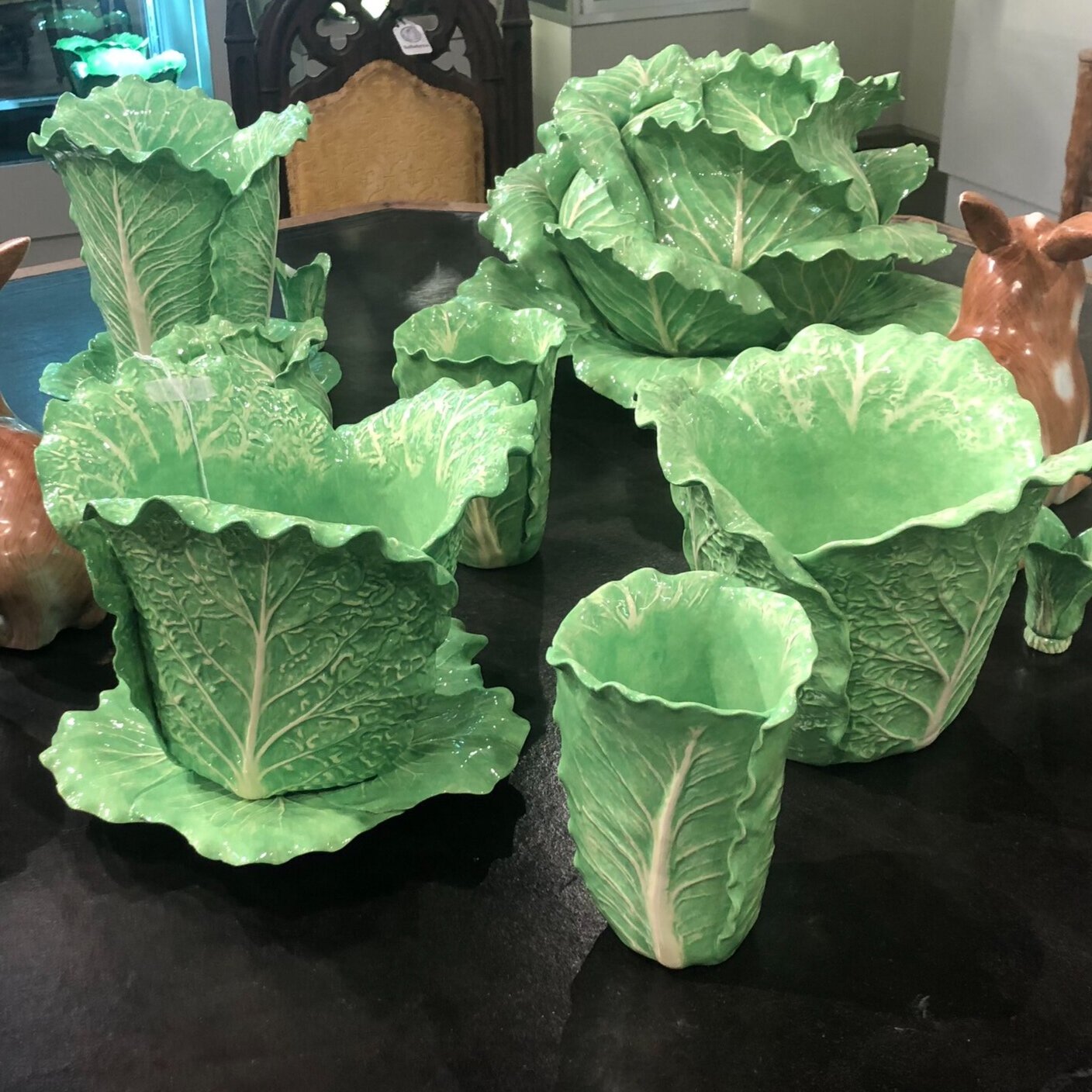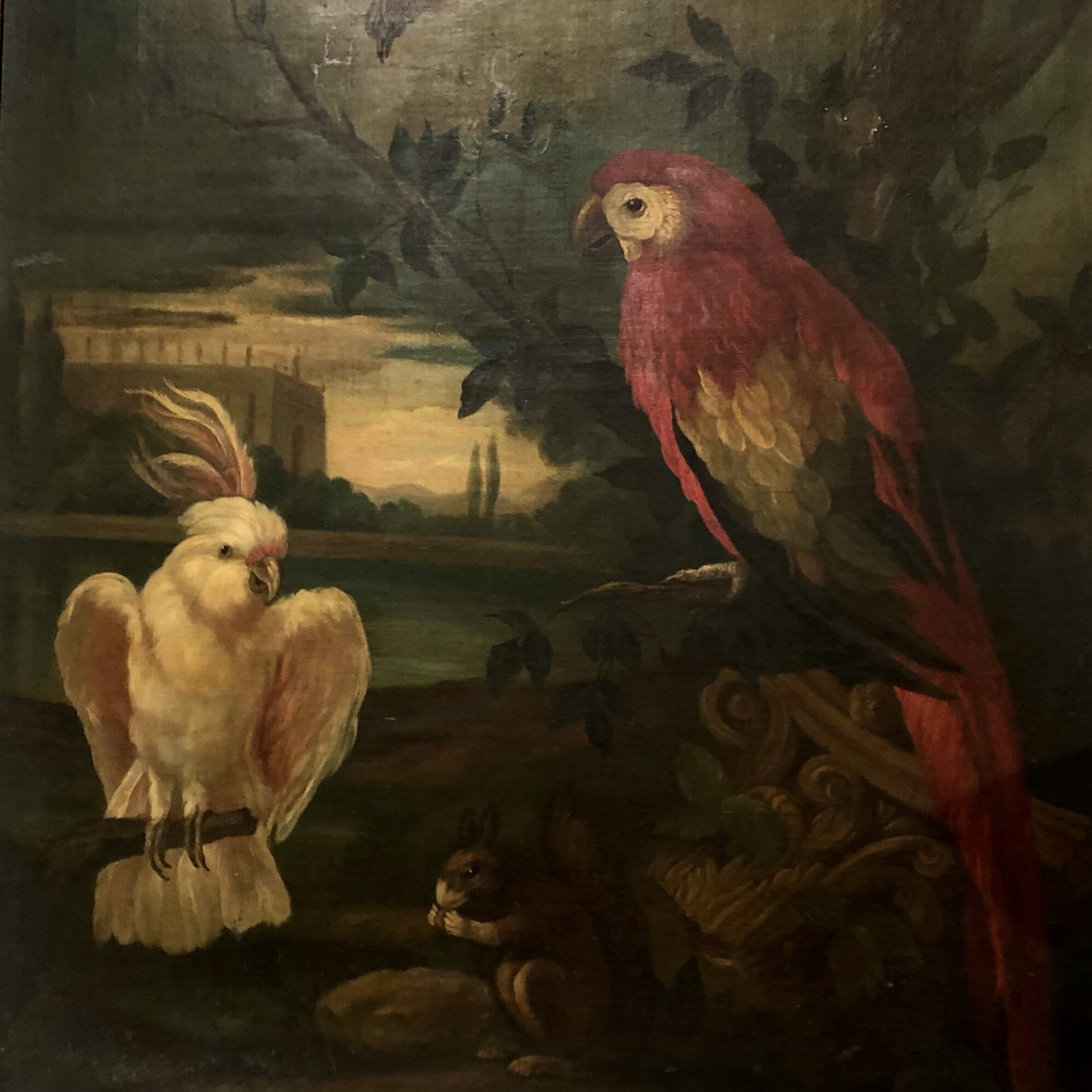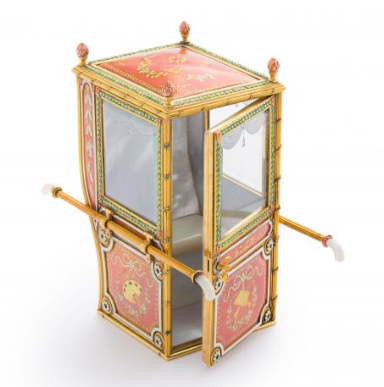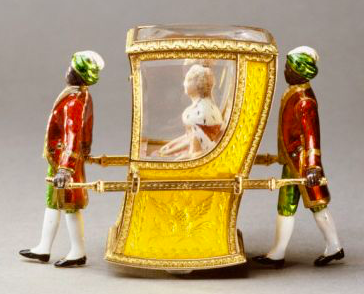I am very pleased to announce the upcoming publication of my new book, co-authored with my colleague Helen Azar, “Michael Romanov: Brother of the Last Tsar, Diaries and Letters 1916-1918” is coming on July 1, 2020 from peer-reviewed Academica Press and it’s publisher Paul du Quenoy. Many thanks to all there!
The book can be preordered on Amazon at full hardcover price HERE
For a SPECIAL PRE-ORDER PRICE for both Hard- and Soft-cover editions, please go HERE
PRESS RELEASE:
In Michael Romanov: Brother of the Last Tsar, translator Helen Azar and Romanov historian Nicholas B. A. Nicholson present for the first time in English the annotated 1916-1918 diaries and letters of Russia’s Grand Duke Michael, from the murder of the Siberian mystic Grigorii Rasputin through the Revolution of 1917, which dethroned the Romanov dynasty after Michael briefly found himself named Emperor when his brother Nicholas II abdicated. Michael’s diaries provide rare insight into the fall of the Empire, the rise and fall of the Provisional Government and brief Russian republic, and the terrifying days of the February and October Revolutions after which Michael found himself a prisoner who would meet his end in the Siberian city of Perm.
Grand Duke Michael Alexandrovich of Russia (1878-1918) was born the youngest son of Tsar Alexander III, but with the death of his brother Grand Duke George in 1899, Michael was thrust into the spotlight and the role of “Heir-Tsesarevich” to Emperor Nicholas II, then the father of three girls. Even after the birth of an heir in 1904, Michael found himself pushed closer to the throne with each of the boy’s bouts of hemophilia. By 1916 during World War I, Nicholas and Alexandra found themselves deeply unpopular not only in political circles but also with other members of the House of Romanov, who felt that the parlous times required drastic change. Michael found himself at the center of these events.
Azar’s translation is uniquely faithful to the original text and gives readers the feeling of the immediacy and haste in Michael’s original observations of these tumultuous times. Nicholson’s annotations provide important biographical and historical background, while quoting dozens of other rare primary sources published here for the first time in English.
Market:
Political Science, Eurasian Studies, Twentieth Century, History, Russia, Russian History, Imperial Russia, Russian Revolution, Romanov Dynasty, Michael Romanov, Nicholas II, Soviet Union, Communism
Release Date:
June 1, 2020
Copyright:
2020
ISBN:
978-1680539455 Hardcover
Price:
$99.95
Trim Size:
6x9
Pages:
160
Illustrations:
B/W
Publisher:
ACADEMICA PRESS
1727 Massachusetts Avenue, NW, Suite 507
Washington, DC 20036
academicapress.editorial@gmail.com
For more information:
https://www.academicapress.com/node/433











